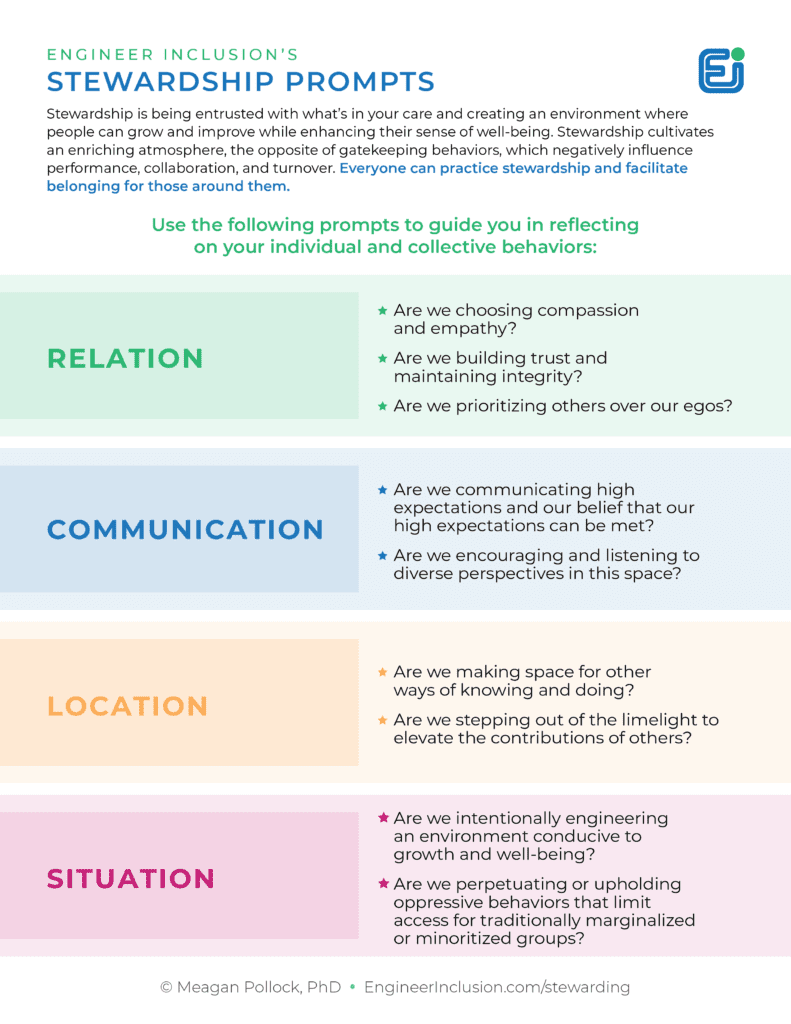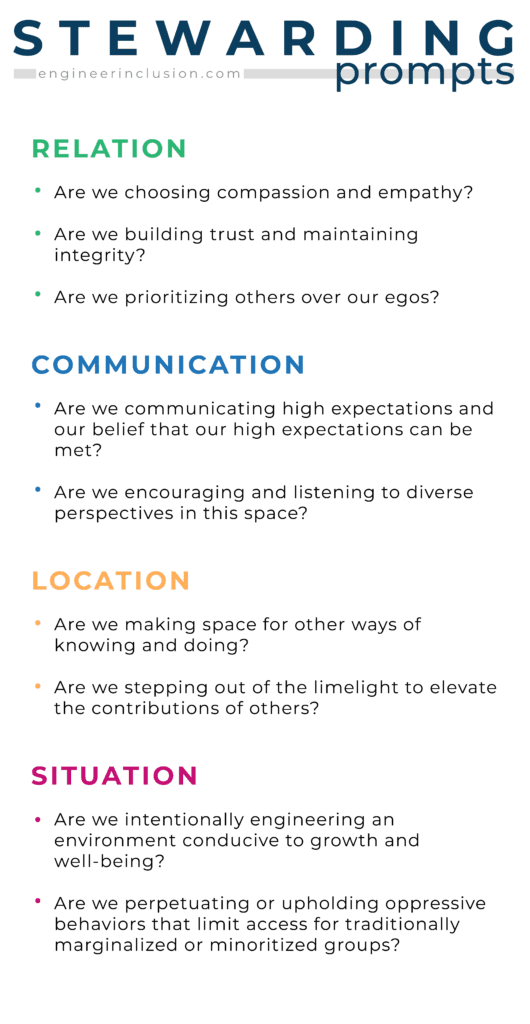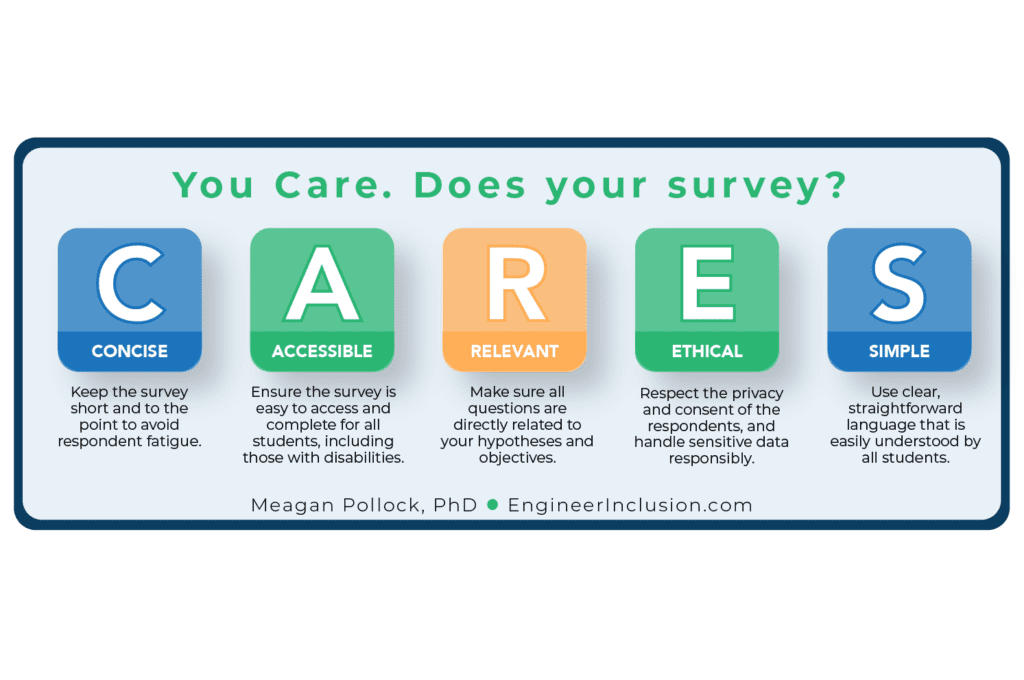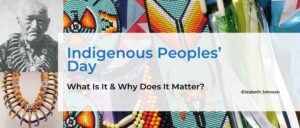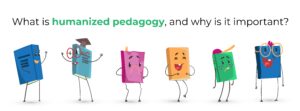Stewardship cultivates an enriching atmosphere, the opposite of gatekeeping behaviors. Everyone can practice stewardship and facilitate belonging for those around them. In this post, I describe stewardship and gatekeeping, and provide a set of prompts to equip us with a mindset and choice framework.
What is stewardship?
STEWARDSHIP is the responsibility of managing and nurturing an environment that fosters growth, inclusivity, and well-being. It involves employing inclusive leadership practices, prioritizing empathy and compassion, and actively listening to understand, thereby creating a space where everyone feels valued, included, and empowered to thrive. Unlike gatekeeping, which restricts access and cultivates exclusivity through elitism and high barriers, stewardship champions the opposite by welcoming diverse perspectives, giving individuals the benefit of the doubt, and ensuring that all voices have the opportunity to be heard. It aims to facilitate a sense of belonging and supports the collective success of the community by encouraging practices that uplift rather than exclude, making it a foundational approach to fostering positive, collaborative, and inclusive environments.
Ultimately, stewardship is being entrusted with what’s in your care and creating an environment where people can grow and improve while enhancing their sense of well-being.
Here is what stewardship can look or sound like:
- Using inclusive leadership practices
- Empathy and compassion rather than hard and fast rules
- Listening with an intent to understand rather than respond
- Giving people the benefit of the doubt, and asking “what else might be true?” rather than jumping to conclusions.
What is gatekeeping?
Gatekeeping is the exercise of power by individuals in specific contexts to control access to valued outcomes and resources, characterized by actions that perpetuate stereotypes, prejudice, and discrimination through unexamined cognitive and implicit biases. Such individuals exhibit self-serving tendencies and a preference for maintaining the status quo, favoring power, status, homogeneity, similarity, and familiarity. In essence, gatekeepers dictate who is included or excluded, thereby preserving existing power dynamics and norms.
Gatekeeping is controlling, and usually limiting, general access to something. It is the use of minimizing language, discrediting suggestions, or exclusionary actions to prevent others from achieving something or even feeling a sense of belonging. Gatekeeping creates a hostile and exclusive environment.
Here is what gatekeeping can look or sound like:
- “You have to pay your dues.”
- “Anyone can do that.”
- Elitism or snobbery
- Requirement for unnecessarily high qualifications or standards
- Limiting who speaks with decision-makers
Gatekeeping in higher education, particularly within STEM (Science, Technology, Engineering, and Mathematics) fields, can manifest in various forms, impacting students’ and faculty members’ access, retention, and success. Here are additional examples of gatekeeping practices that can be observed in STEM higher education environments:
- Admissions Policies and Entrance Exams: Relying heavily on standardized test scores and specific prerequisite courses for admission into STEM programs can disproportionately disadvantage students from underrepresented backgrounds who may have had unequal access to preparatory resources or advanced coursework.
- Research Opportunity Allocation: Faculty members or principal investigators may preferentially offer research positions to students who fit a certain profile, often based on unconscious biases, thereby limiting opportunities for minority or female students to gain valuable research experience and mentorship.
- Funding and Scholarship Distribution: Financial support for graduate and undergraduate students in STEM may be allocated in ways that favor certain demographics, leaving students from low-income backgrounds or underrepresented minorities with fewer resources to pursue their studies.
- Curriculum Design and Content: A curriculum that predominantly features contributions and perspectives from non-Hispanic White males, without incorporating diverse viewpoints or acknowledging the contributions of scientists from various backgrounds, can alienate students from underrepresented groups.
- Faculty Hiring and Promotion Practices: Recruitment and promotion criteria that undervalue community engagement, diversity work, or teaching in favor of traditional research outputs can disadvantage faculty members whose work is critical for supporting underrepresented students in STEM.
- Conference Participation and Professional Development: Limited access to professional development opportunities, including conferences and workshops, for underrepresented groups can hinder their networking opportunities and professional growth.
- Peer Review and Publication Processes: Biases in the peer review process for academic journals and conferences can lead to the underrepresentation of research conducted by scholars from minority backgrounds, affecting their career advancement and the visibility of diverse perspectives in STEM fields.
- Course Grading and Evaluation: Subjective grading criteria and evaluation methods that do not account for diverse learning styles and backgrounds can disadvantage students from underrepresented groups, affecting their grades and retention in STEM fields.
- Exclusion from Informal Networks: Informal networking opportunities, mentorship, and sponsorship are often less accessible to women, minorities, and other marginalized groups within STEM, affecting their sense of belonging and career advancement opportunities.
- Microaggressions and Classroom Climate: The presence of microaggressions and a non-inclusive classroom climate can discourage participation and persistence among students from underrepresented groups, impacting their academic success and mental health.
Addressing these gatekeeping practices requires a multifaceted approach, including policy changes, awareness and bias training, and active efforts to create inclusive and supportive environments for all students and faculty members in STEM.
Why stewardship?
Stewardship cultivates an enriching atmosphere, the opposite of gatekeeping behaviors, which negatively influence performance, collaboration, and turnover.
Everyone can practice stewardship and facilitate belonging for those around them.
How do you practice stewardship instead of gatekeeping?
To change our behaviors, we must change the parameters in which we operate. One way of doing that is to “nudge” ourselves with prompts that equip us with a mindset and choice framework that prioritizes people and the use of inclusive practices.
The concept of stewardship is pivotal for fostering an inclusive and nurturing environment. By using our stewardship prompts, individuals and teams can reflect on and modify their behaviors toward more inclusive practices. Below are explanations and definitions for each theme—relation, communication, location, and situation—alongside prompts to enrich the practice of stewardship.
When do you use the stewarding prompts?
- Daily or weekly reflection and journal prompts to assess how you are showing up and serving those around you
- Reminders for team meetings where it is important to reflect on and ground everyone in stewardship practices (any meeting where you are making personnel decisions, for example)
Use the following prompts organized by four themes to guide you in reflecting on your individual and collective behaviors:
Relation
This theme focuses on fostering personal connections, understanding, and mutual respect among individuals within the academic community. It emphasizes the importance of humanizing interactions and valuing each person’s unique contribution.
- Are we choosing compassion and empathy?
- Are we building trust and maintaining integrity?
- Are we prioritizing others over our egos?
- How can we actively demonstrate respect for everyone’s unique background and experiences?
- In what ways can we support each other’s goals and challenges in a manner that validates individual experiences?
Communication
This theme emphasizes the power of words and interactions in shaping a supportive and inclusive environment. It involves clear, respectful, and encouraging dialogue that seeks to uplift all members of the community.
- Are we communicating high expectations and our belief that our high expectations can be met?
- Are we encouraging and listening to diverse perspectives in this space?
- Are we ensuring our language and messages are inclusive and free from bias?
- How do we respond to feedback in a way that fosters constructive dialogue and continuous improvement?
Location
Location refers to the physical and metaphorical spaces within the academic or work environment. It encompasses creating spaces that are not only physically accessible but also culturally welcoming and affirming of diverse ways of knowing and being.
- Are we making space for other ways of knowing and doing?
- Are we stepping out of the limelight to elevate the contributions of others?
- How can we redesign our spaces to be more welcoming and accessible to everyone?
- What steps can we take to ensure our spaces reflect and celebrate the diversity of our community?
Situation
This theme relates to the broader context in which academic and work activities occur, including the systemic and structural conditions that affect an individual’s ability to thrive. It involves recognizing and addressing the systemic barriers that marginalized groups face.
- Are we intentionally engineering an environment conducive to growth and well-being?
- Are we perpetuating or upholding oppressive behaviors that limit access for traditionally marginalized or minoritized groups?
- How are we identifying and dismantling systemic barriers within our institution?
- In what ways can we advocate for policies and practices that actively counteract inequalities?
By incorporating these themes and prompts into regular reflections and discussions, individuals and teams can cultivate a stewardship mindset that champions inclusivity, growth, and well-being. This approach not only challenges the status quo of gatekeeping but also actively contributes to creating a more equitable and supportive STEM education environment.
Watch a ~60-min workshop on this topic
Are you interested in this workshop for your team? We can do it in-person or virtually for up to a full-day workshop, extending on each topic and increasing engagement through breakout groups.
How to practice stewardship instead of gatekeeping
- Identify the differences between gatekeeping and stewarding behaviors.
- Apply stewarding prompts that equip us with a mindset and choice framework that prioritizes people and the use of inclusive practices, and
- Share a chosen strategy for practicing stewardship.
Alternate abstract
Enacting Stewardship Behaviors to Transform Interdisciplinary Collaboration
Download this resource as a printable or shareable PDF.
When you download this resource, you agree to be added to our mailing list. We send about one email with resources and strategies every week. You can unsubscribe at any time.
